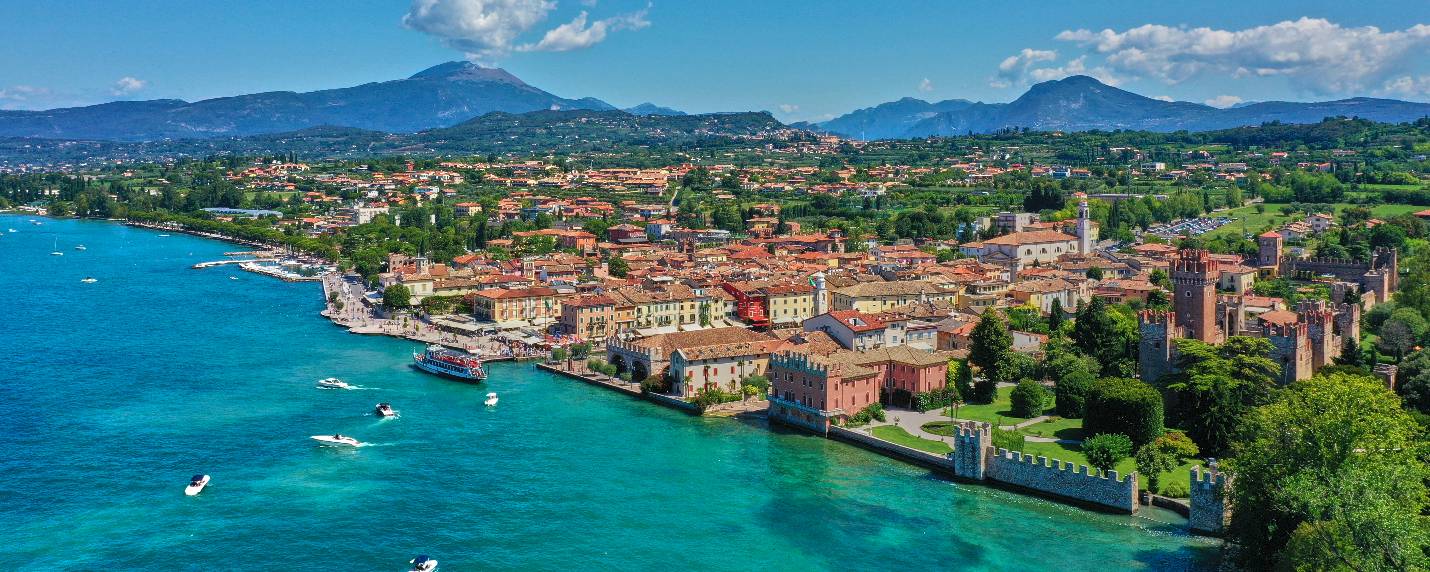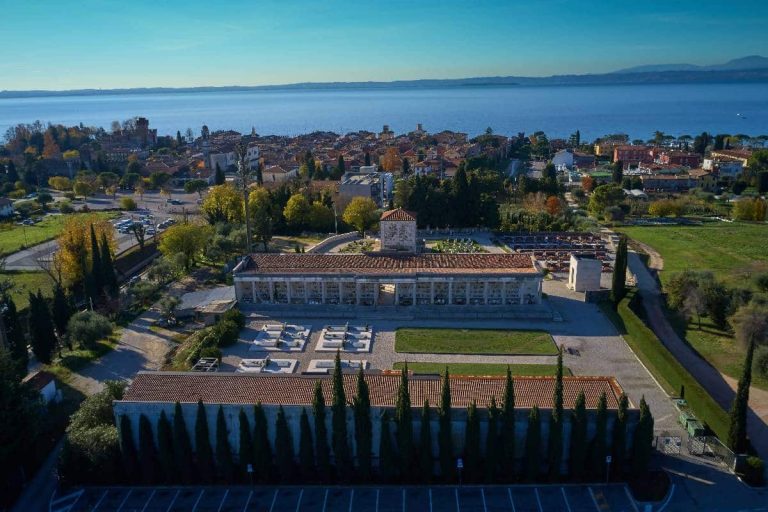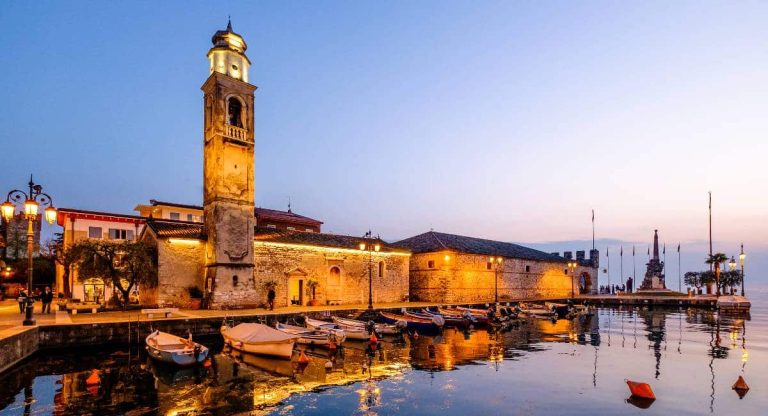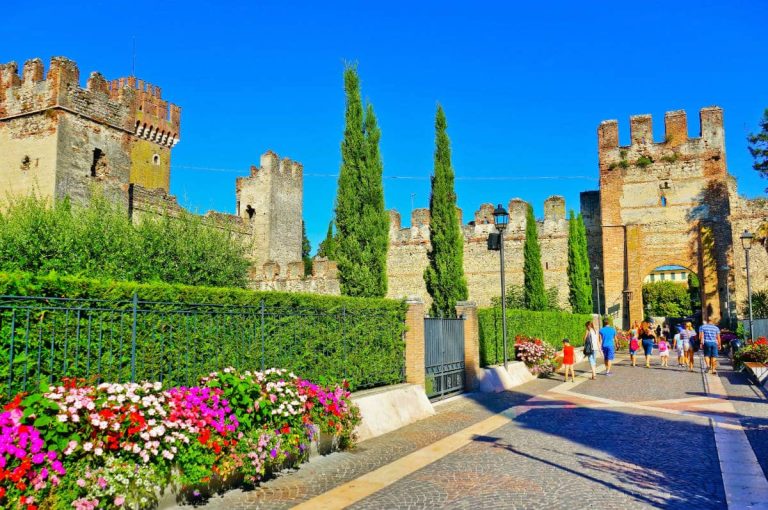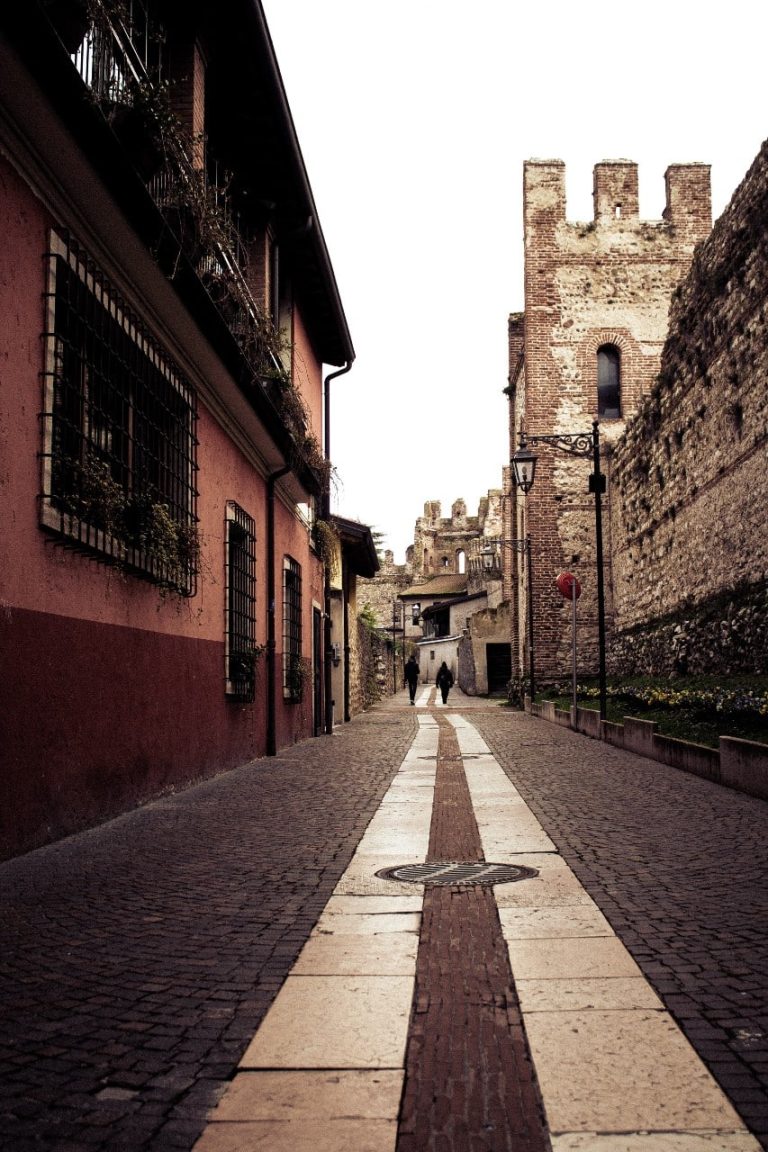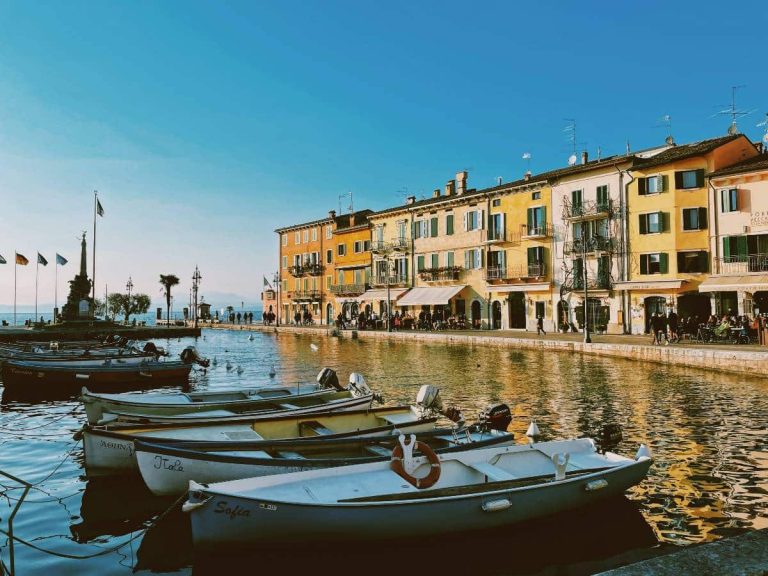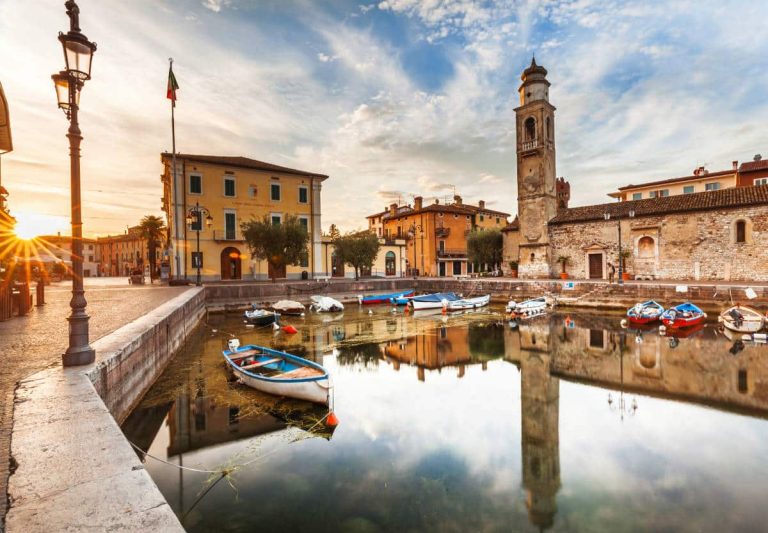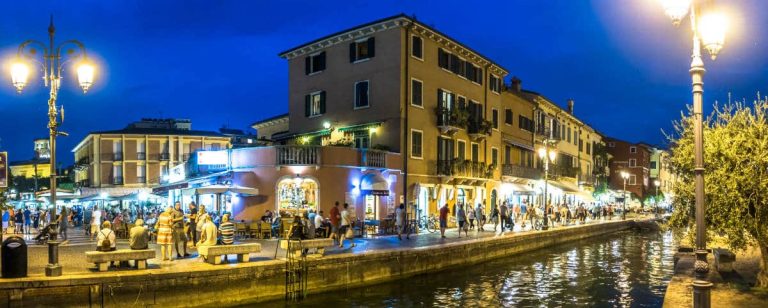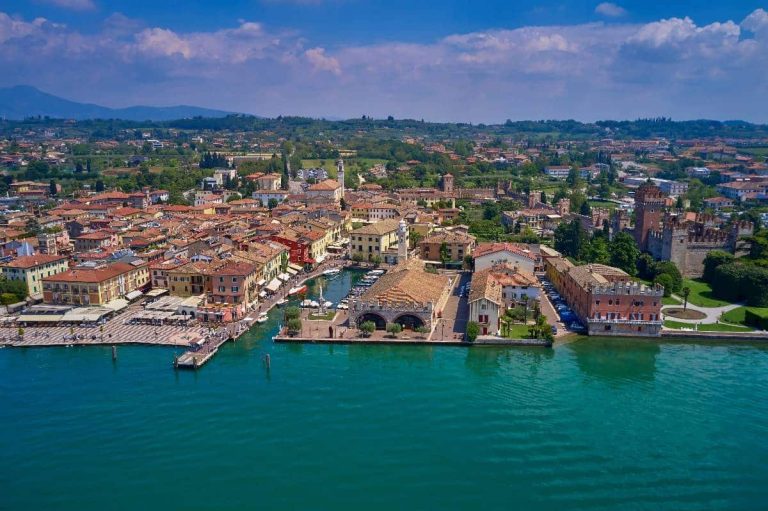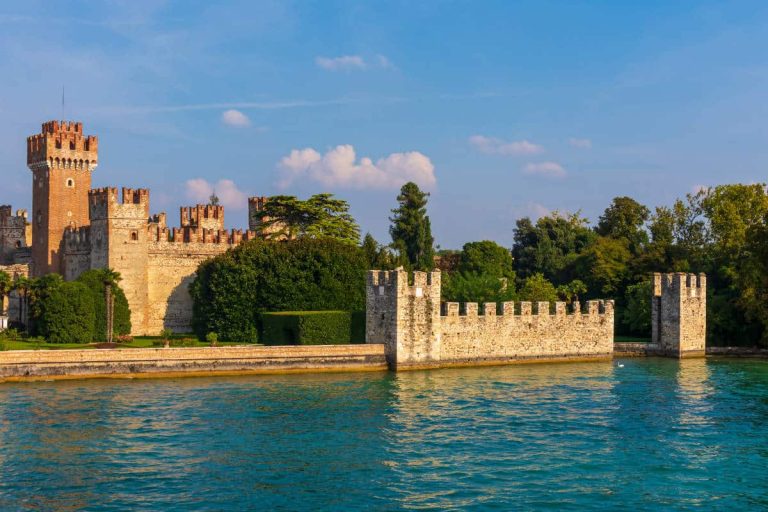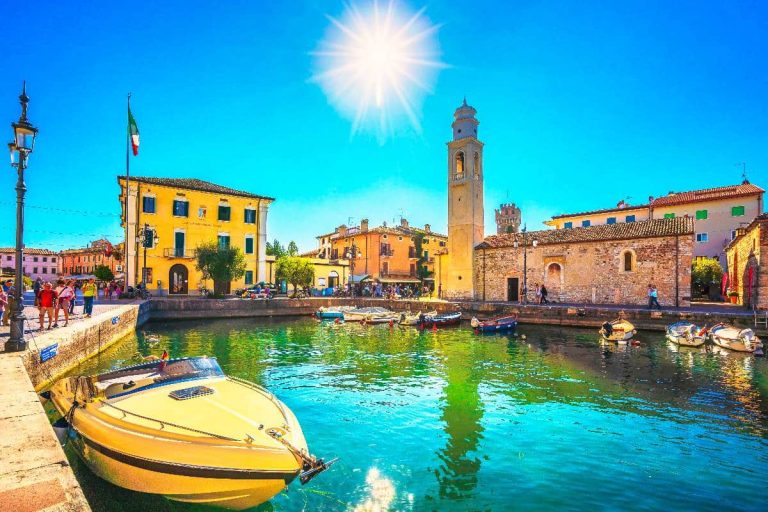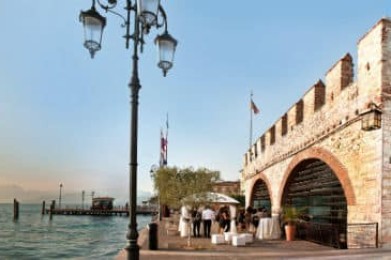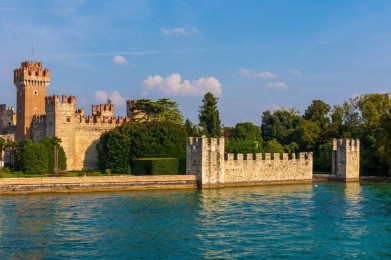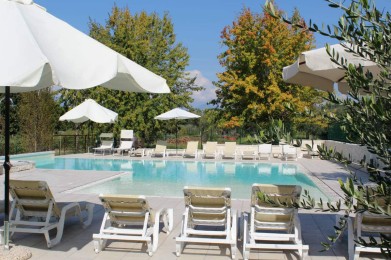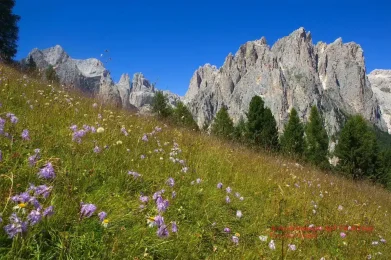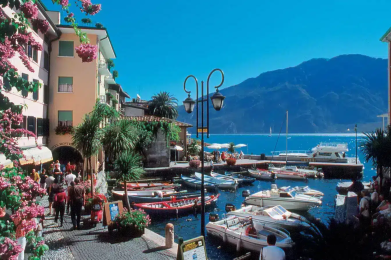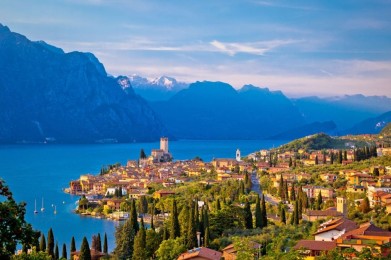Lazise stands out in Italian history as the country's first free commune: in 983, in fact, Emperor Otto II granted the community the right to fortify the castrum, exempting it from certain tributes and granting it extraordinary political and economic autonomy for the time. This privilege, rare in the medieval context, marked the beginning of a structured civil organization in Vicinia, with 18 members endowed with powers including religious and commercial ones, capable of independently administering fisheries, markets and civic relations.
Between wars and dominations
Over the centuries, Lazise was fought over by various powers: from the Scaligeri, who built the castle and town walls, to the Visconti, the Gonzaga and the Carraresi, until the final annexation to the Republic of Venice. Each passage marked the history and architecture of the town, as evidenced by the three entrance gates still visible today - Porta San Zeno, Porta Lion and Porta Cansignorio - and the solid medieval walls that still enclose the historic core of the town.
During the Italian wars of independence, Lazise played a strategic role due to its location on the lake: it housed troops, wounded and gunpowder depots, until it joined the Kingdom of Italy in 1866, after the Third War of Independence.
A heritage to be discovered
The historic center of Lazise retains the charm of a village of yesteryear, with narrow alleys that still bear the name calle, in memory of the Venetian past and the canals that once flowed between the houses. Among the landmarks are: The Scaliger Castle, imposing but not visitable internally, surrounded by a park and visible in all its splendor; The Venetian Customs House, overlooking the old port, now a prestigious venue for events; The Romanesque and evocative Church of San Nicolò, overlooking the dock; The Old Port, with its moored boats and the atmosphere of yesteryear.
Just outside the center is Dragon Mountain, also known as Mondragon, a place shrouded in legend and the municipal coat of arms depicting a dragon and the Bavarian colors, evidence of ancient Germanic influences.
Capital of Garda tourism
After World War II, Lazise experienced a tourism boom due to its proximity to Germany and the purchasing power of visitors from beyond the Alps. From a fishing and farming village, it has developed into one of the most visited resorts on Lake Garda. Today it offers a wide range of accommodations, from charming hotels to well-equipped campsites, and is chosen as an ideal destination for both romantic getaways and family vacations or wellness stays.
Lazise's coastline is dotted with sandy or pebble beaches, perfect for relaxing in the sun, and its mild climate encourages water sports, lakeside walks and outdoor activities in all seasons.
In short, Lazise is a village that succeeds in encapsulating the grandeur of history, the gentleness of Garda landscapes, the architectural charm of walled towns, and the vitality of a modern, organized tourist destination. A place to be seen, experienced and rediscovered each time with new eyes.

